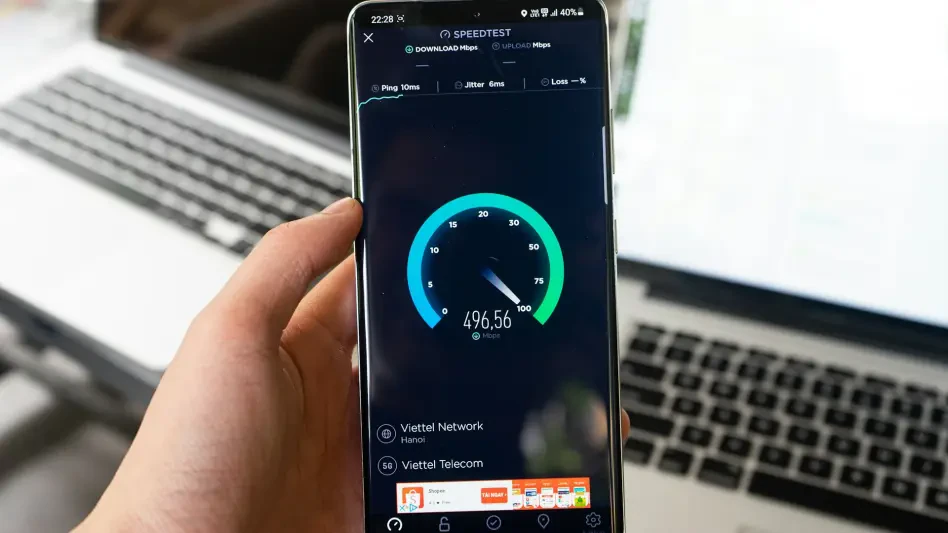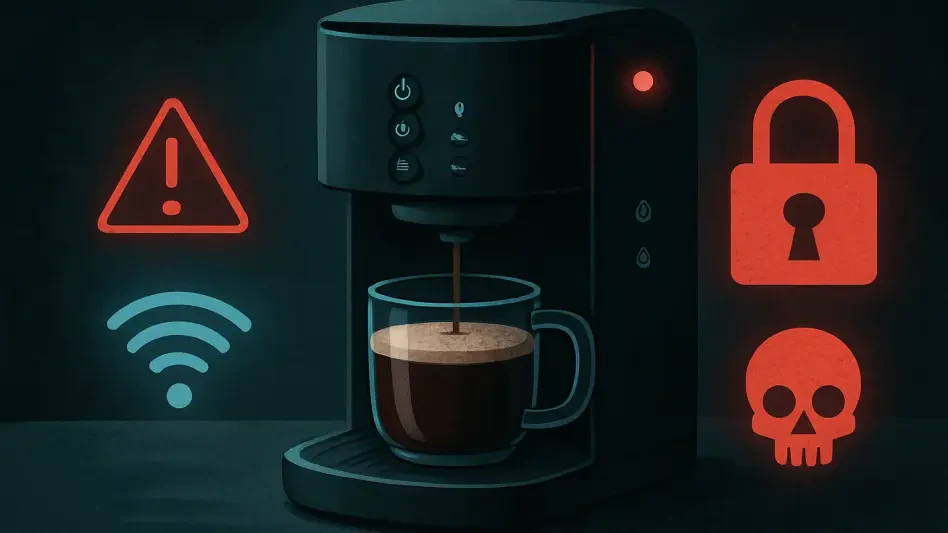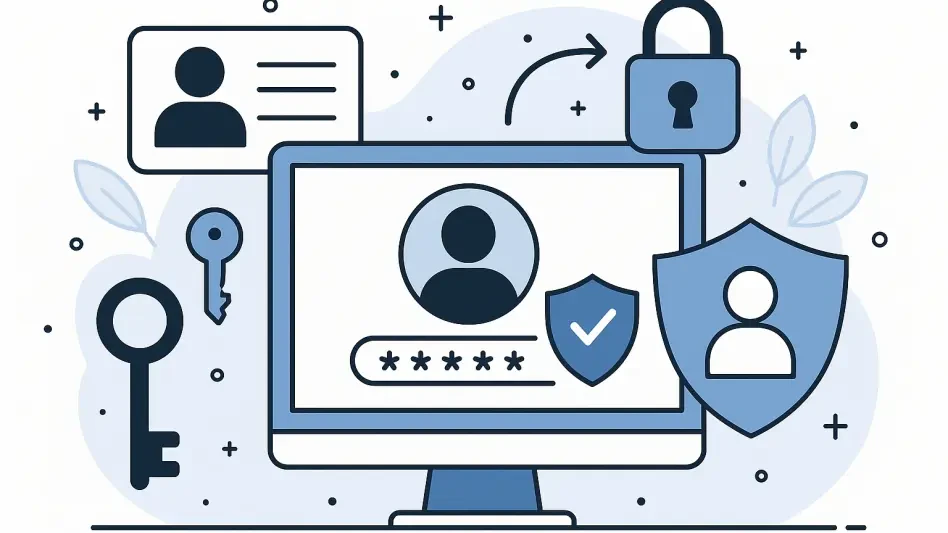With 5G network rollouts sweeping the globe, 5G networks are transforming industries, economies, and everyday lives. 5G promises to link millions of devices seamlessly, faster, and with lower latency, from connected cars to smart factories and remote healthcare. However, with these new links, new threats emerged, especially in cybersecurity.
The number of connected devices is very high, and this is made worse by a decentralized network setup and a complicated supply chain. As a result, the risk of attacks is growing rapidly. It’s not just about speed and efficiency anymore; it’s about safeguarding critical infrastructure, data integrity, and public trust in an increasingly digital world.
5G Security Minefield: Liabilities You Can’t Ignore
Here’s a look at the key cybersecurity liabilities introduced by 5G adoption:
More entry points for attacks: With more devices connected and whole operations moving to the cloud, cybercriminals have more chances to strike. A network can now link millions of gadgets in a small area, so an attack on one can create problems for many others.
Network slicing risks: This solution lets operators create separate parts of a grid for different industries or uses. While this is efficient, it can be tricky if the parts are not kept secure from each other.
Supply chain dangers: The global supply chain for hardware, software, and services related to this technology is complicated. Cybercriminals might target these components to break into infrastructures.
Data privacy issues: A lot of data is shared across these networks, raising concerns about privacy. Unauthorized access to personal information can lead to identity theft, fraud, and other misuse.
Risks to critical architecture: As this system connects with national services like power grids, healthcare, and transportation, infiltrations could seriously threaten public safety and economic stability.
As this platform develops, new challenges will emerge that need to be addressed. But first, who even decides when it is safe?
Who Decides if 5G is Safe?
Most countries follow safety guidelines from the International Commission on Non-Ionizing Radiation Protection. Their guidelines apply to 5G science as well as older infrastructure like 2G, 3G, and 4G, and radio and television frequencies.
In March 2020, the Commission updated its safety guidelines after looking at the latest scientific research. They made only minor changes to the 1998 guidelines and confirmed that mobile technologies, including 5G, do not harm human health as long as exposure is within safe limits.
The World Health Organization says that many studies over the last twenty years have examined whether mobile phones might be harmful to health. So far, no negative health effects have been linked to using mobile phones.
Security of Next-Generation Networks
Service providers and mobile operators are crucial for keeping customer data safe and ensuring smooth operations on their networks. When they use proper protection measures, they can:
1. Use real-time monitoring to quickly spot and respond to threats.
2. Reduce the impact of cyberattacks, which lowers costs and protects their reputation.
3. Build customer trust by showing they care about data safety.
As businesses move toward smart manufacturing (Industry 4.0), these ecosystems will be essential for connecting Internet of Things (IoT) devices and ensuring high performance.
How Does This New Technology Work?
This advanced mobile system uses various radio bands to achieve speeds of up to 10 Gbps, which is 10 to 100 times faster than older systems. With these speeds, current web experiences will feel as slow as dial-up. It also offers ultra-low latency, allowing for nearly instant network performance. Where data used to take 20 to 1,000 milliseconds to travel from a device to a task, the new system can reduce this time to just a few milliseconds when needed.
However, improving speed alone does not eliminate lag. Other factors, such as distance, bandwidth congestion, software issues, and physical barriers, can cause delays.
To achieve better response time, computing resources must be closer to the equipment, a setup known as “Edge computing.” Here are the different types based on latency:
Far Edge: Delay between 5 and 20 milliseconds; this is the furthest from the cloud and closest to the hardware.
Near Edge: Latency of over 20 milliseconds; this is closer to the cloud than to devices.
Deep Edge: Less than 5 milliseconds away from the equipment.
Edge computing allows data to be processed and stored closer to where it is needed. This innovation provides fast connections with low delays, which is crucial for real-time applications in areas like the Internet of Things (IoT), automation, and smart cities.
For edge computing to be effective, the necessary infrastructure must be near the user. This also means that protecting digital architecture should be closer to the edge, often needing new methods like zero-trust security.
Blueprint for the Hyper-Connected Future
When deciding on the level of Edge computing required, consider the use case, transmission lag requirements, and budget. Not everything needs very fast performance, but many applications require “good enough real-time” responses, which means that a delay of around 20 milliseconds is acceptable.
This system is designed to handle a large number of connected devices. Improved radio access networks can provide 1,000 times more bandwidth in a given area and support 100 times more linked gadgets than older grids. Various gadgets, including mobile phones, enterprise tools, smart sensors, self-driving cars, and drones, can now share the same architecture without losing service quality.
4G vs. 5G
Both are high-speed technologies, but the latest system is much faster and more efficient. While 4G offers speeds up to 100 Mbps, the 5th-gen wireless infrastructure can reach up to 20 Gbps. It also has a lower delay of less than five milliseconds and can manage up to a million pieces of equipment in one square kilometer, compared to the tens of thousands that 4th generation can support.
However, with many connected devices and faster data transfer, the chance of cyberattacks increases. New tools like virtualization and software-defined connectivity may introduce more vulnerabilities. Additionally, this system works at the network edge rather than relying on traditional frameworks.
Low Latency, High Impact
High-speed connectivity and slow response times are essential for effective edge computing. This technology allows data to travel almost instantly, enabling real-time communication and analysis. This is crucial for services that need an immediate response, like some functions in Industry 4.0.
Physical proximity to the device is important to achieve low latency. This means moving the core network infrastructure and application servers and safeguarding solutions closer to users instead of keeping them in centralized data centers. For this purpose, organizations should consider using zero-trust security.
The Next Phase of 5G Adoption — and Its Cybersecurity Mandate
Cybersecurity must remain a priority as initial 5G hype gives way to practical applications. While innovations like Reduced Capability devices, private networks, Open RAN, and non-terrestrial networks uncover new opportunities, they also demand rigorous, adaptive security frameworks.
While there are challenges such as cost, complexity, and competition, private 5G networks are already proving their worth, delivering lower downtime and improved productivity, particularly in manufacturing, logistics, and government. However, slow adoption and limited device support remain hurdles.
The next phase of 5G’s growth will depend on connectivity performance and how effectively industries can secure these solutions at every layer. As network complexity rises, so does the importance of proactive cybersecurity measures to protect sensitive data, critical services, and public trust.
In a hyper-connected world, speed and innovation are essential, but security is what will sustain them.








